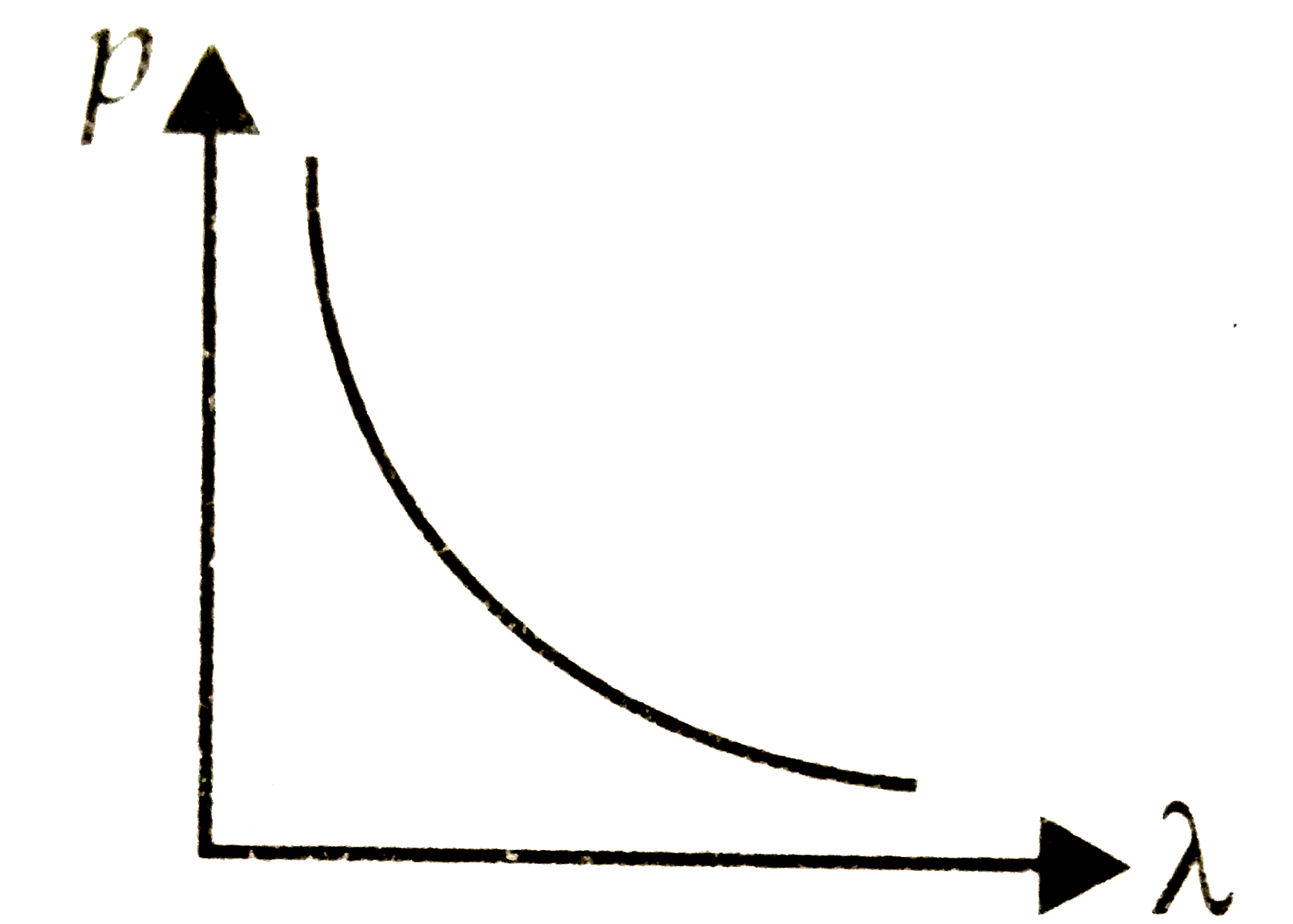The momentum of a particle associated with de-Broglie's wavelength of 6Å is
1.1×10−24kgms−1
1.1×1034kgms−1
39.6×10−34kgms−1
39.6×10−24kgms−1
The correct Answer is:A
To find the momentum of a particle associated with a de-Broglie wavelength of 6 Å (angstroms), we can use the de-Broglie wavelength formula:
1. Understand the de-Broglie Wavelength Formula:
The de-Broglie wavelength (λ) is related to the momentum (p) of a particle by the formula:
λ=hp
where h is the Planck constant.
2. Rearrange the Formula to Solve for Momentum:
We can rearrange the formula to express momentum in terms of wavelength:
p=hλ
3. Substitute the Values:
- The Planck constant h is approximately 6.63×10−34kg m2/s.
- The given wavelength λ is 6Å. We need to convert this into meters:
6Å=6×10−10m
4. Calculate the Momentum:
Now, substituting the values into the momentum formula:
p=6.63×10−34kg m2/s6×10−10m
Performing the calculation:
p=6.63×10−346×10−10=1.105×10−24kg m/s
5. Final Result:
The momentum of the particle associated with a de-Broglie wavelength of 6 Å is approximately:
p≈1.1×10−24kg m/s
The de-Broglie wavelength (λ) is related to the momentum (p) of a particle by the formula:
λ=hp
where h is the Planck constant.
We can rearrange the formula to express momentum in terms of wavelength:
p=hλ
- The Planck constant h is approximately 6.63×10−34kg m2/s.
- The given wavelength λ is 6Å. We need to convert this into meters:
6Å=6×10−10m
Now, substituting the values into the momentum formula:
p=6.63×10−34kg m2/s6×10−10m
Performing the calculation:
p=6.63×10−346×10−10=1.105×10−24kg m/s
The momentum of the particle associated with a de-Broglie wavelength of 6 Å is approximately:
p≈1.1×10−24kg m/s
Similar Questions
Knowledge Check
Which of the following figure represents the variation of particle momentum and the associated de - Broglie wavelength ?
A B
B C
C D
D
The de Broglie wavelength is given by
Ap=2πhλBp=h2λCp=2πhλDp=2πλ
Calculate the momentum of a particle which has a de Broglie wavelength of 2Å,(h=6.6×10−34kgm2s−1)
View SolutionVeriation of momentum of perticle (p) with associated de-Broglie wavelength (λ) is shown correctly by
View SolutionFor particles having same K.E., the de-Broglie wavelength is
View SolutionFor what kinetic energy of a proton, will the associated de-Broglie wavelength be 16.5 nm?
View SolutionWhich of following graphs correctly represents the variation of particle momentum with de-Broglie wavelength?
View SolutionIf the kinetic energy of a moving particle is E , then the de-Broglie wavelength is
View Solution
